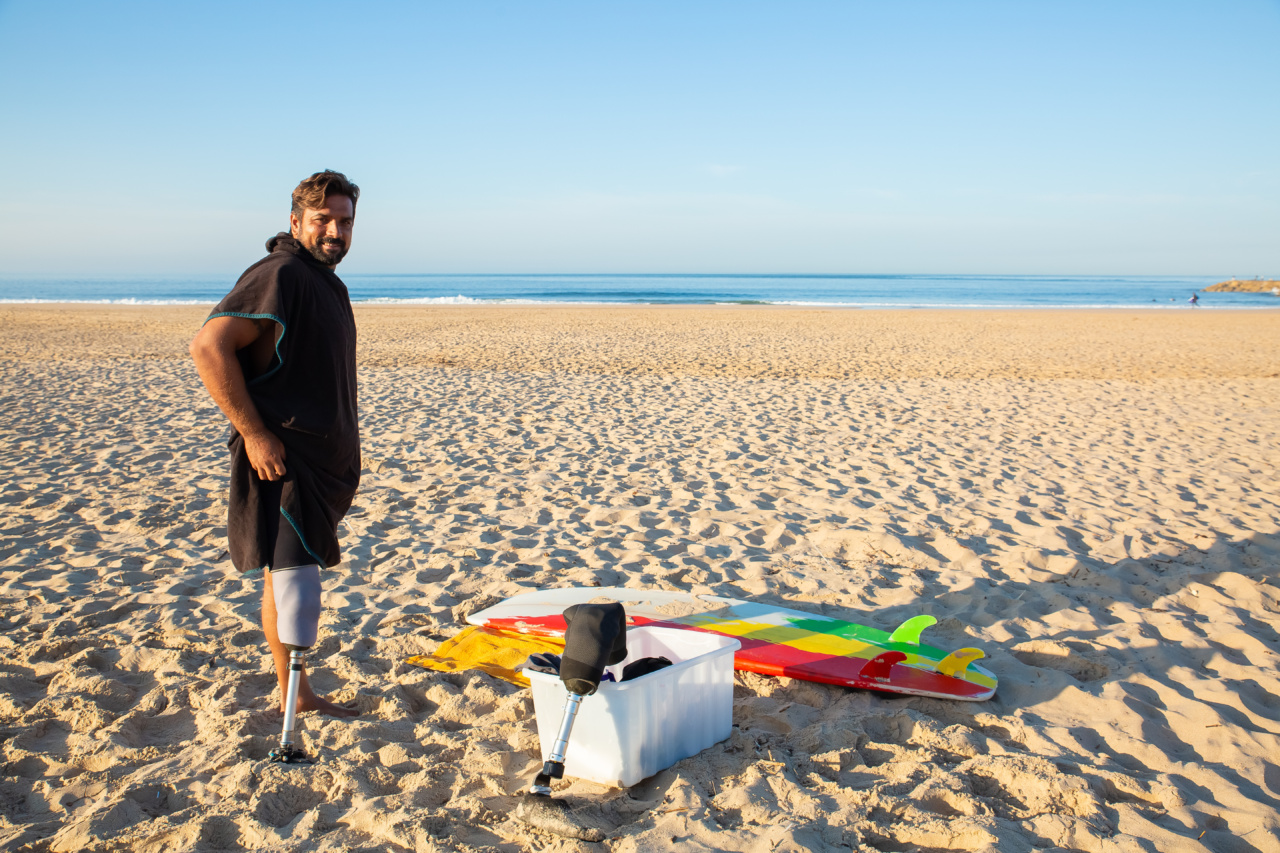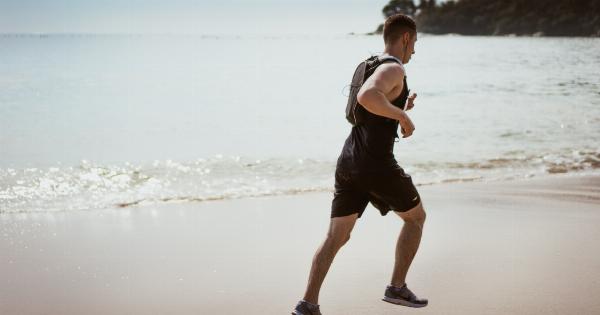Athlete hernia, also known as sports hernia or athletic pubalgia, is a common injury that affects many athletes, particularly during summertime when sports activities and outdoor events are at their peak.
This condition involves the tearing of soft tissues in the lower abdomen, causing pain and discomfort. Recovering from athlete hernia requires a combination of proper treatment, rest, and rehabilitation exercises to regain strength and prevent further complications.
In this article, we will explore tips and techniques to help athletes recover from athlete hernia during the summertime.
1. Seek Medical Attention
When experiencing symptoms of athlete hernia, it is essential to seek medical attention promptly.
A healthcare professional, such as a sports medicine specialist or orthopedic surgeon, can accurately diagnose the condition and develop a personalized treatment plan. Ignoring the pain or attempting to self-diagnose may lead to further damage and delay in recovery.
2. Rest and Reduce Activity
Rest plays a crucial role in healing athlete hernia. Continuing to engage in strenuous physical activities can aggravate the injury and hinder the recovery process.
It is important to take a break from sports, exercises, and any activities that put strain on the lower abdomen. Instead, focus on gentle movements, such as walking or swimming, which do not exacerbate the hernia.
3. Apply Cold Therapy
Cold therapy, also known as cryotherapy, can help reduce inflammation and alleviate pain associated with athlete hernia. Applying ice packs or cold compresses to the affected area for 15-20 minutes at a time, several times a day, can promote healing.
However, be sure to wrap the ice pack in a cloth or towel to protect the skin from frostbite.
4. Use Compression Garments
Compression garments, such as abdominal binders or supportive underwear, can provide stability, support, and pain relief to the injured area.
These garments help reduce strain on the torn tissues, promote blood circulation, and facilitate the healing process. Consult with a healthcare professional to determine the most appropriate compression garment for your specific condition.
5. Incorporate Gentle Stretching
Gentle stretching exercises can gradually improve flexibility and relieve tightness around the affected area. However, it is crucial to consult with a physical therapist or certified athletic trainer before attempting any stretches.
They can guide you through the proper techniques and ensure that you do not worsen the injury.
6. Focus on Core Strengthening
Strong core muscles provide stability and support to the entire body, including the lower abdomen. Engaging in exercises that target the core muscles can help prevent future instances of athlete hernia.
However, it is important to start with low-impact exercises and gradually progress under the guidance of a professional to avoid re-injury.
7. Follow a Balanced Diet
A healthy and balanced diet is crucial for overall recovery and maintaining a strong immune system. Proper nutrition can aid in tissue repair and promote faster healing.
Include foods rich in protein, vitamins, minerals, and antioxidants in your diet to support the recovery process. Consult with a nutritionist or dietitian for personalized dietary recommendations.
8. Monitor Pain and Progress
Regularly monitor your pain levels and recovery progress. If pain persists or worsens, or if you notice any new symptoms, it is important to contact your healthcare provider. They can reassess your condition and adjust your treatment plan accordingly.
Remember, recovery from athlete hernia takes time, and it is crucial to be patient and follow professional guidance.
9. Gradually Resume Physical Activities
Once cleared by your healthcare provider, gradually resume physical activities and sports. Start with low-impact exercises and slowly increase intensity and duration over time. Listen to your body and avoid overexertion to prevent reinjury.
It may be beneficial to work with a physical therapist or certified trainer to ensure a safe and effective return to sports.
10. Practice Prevention Techniques
To reduce the risk of future athlete hernia occurrences, incorporate prevention techniques into your routine.
These may include proper warm-up and cool-down exercises, using proper form during physical activities, wearing supportive gear, and ensuring adequate rest and recovery between workouts.






























